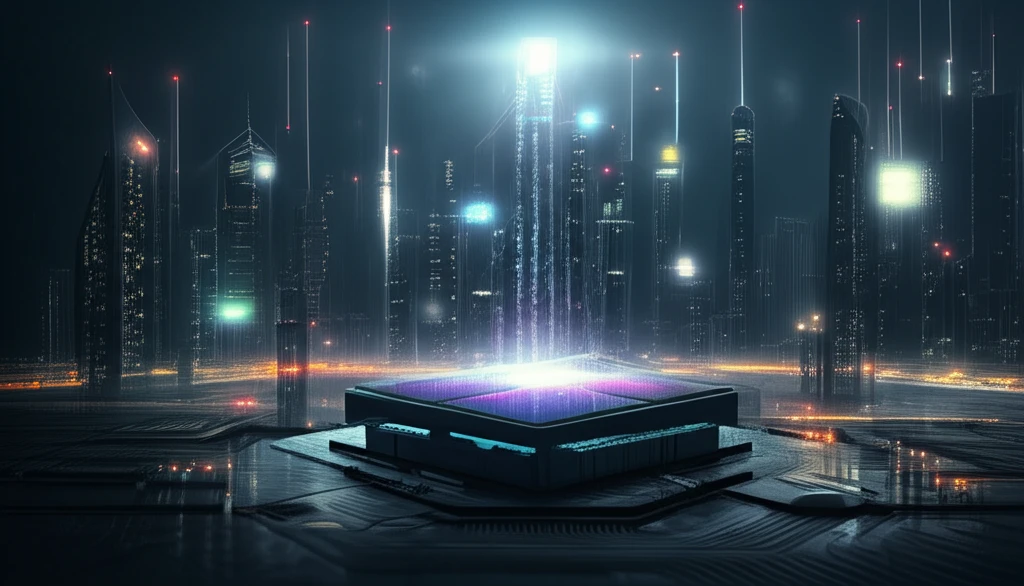
Unlock Solar Energy's Potential: How Smart Solvents Boost Dye-Sensitized Solar Cell Stability
"Discover the innovative binary solvent systems that are revolutionizing dye-sensitized solar cell technology, enhancing both efficiency and long-term stability for a greener future."
In the relentless pursuit of sustainable energy, solar power has emerged as a frontrunner, promising clean and renewable electricity. Among the various solar technologies, dye-sensitized solar cells (DSSCs) stand out due to their low manufacturing costs and environmental friendliness. However, DSSCs have traditionally faced significant hurdles in terms of long-term stability, hindering their widespread adoption. Recent research has begun to tackle this issue head-on, revealing innovative solutions that could redefine the future of solar energy.
Dye-sensitized solar cells, often regarded as artificial photosynthesis devices, mimic the natural process of plants converting sunlight into energy. These cells utilize a dye-sensitized titanium dioxide (TiO2) film to absorb sunlight, generating electricity through a series of electrochemical reactions. While DSSCs offer advantages like flexibility and cost-effectiveness, they are particularly vulnerable to degradation from environmental factors and solvent leakage, which can drastically reduce their operational lifespan.
The key to enhancing the stability of DSSCs lies in the careful selection of electrolyte solvents. Traditionally, volatile organic solvents like acetonitrile have been used, but their propensity to leak and degrade has prompted a search for alternatives. Recent studies have focused on employing binary solvent systems—mixtures of two different solvents—to strike a balance between high efficiency and long-term stability. These systems aim to combine the beneficial properties of each solvent, mitigating the drawbacks of using a single solvent alone. This approach marks a significant step forward in making DSSCs a more reliable and commercially viable solar technology.
The Science Behind Binary Solvent Systems

The core innovation discussed in the research is the use of binary solvent systems, which involve combining acetonitrile with an ionic liquid, 1-butyl-3-methylimidazolium bromide (BMIMBr). Acetonitrile is a popular choice due to its high performance, but its volatility poses stability issues. Ionic liquids, on the other hand, are known for their negligible vapor pressure and high thermal stability, which makes them ideal for enhancing the durability of DSSCs. By mixing acetonitrile with BMIMBr, researchers aim to leverage the strengths of both solvents.
- Shelf-Life Testing: DSSCs with binary solvents were tested for over 1100 hours, demonstrating enhanced durability.
- Performance Retention: DSSCs using binary solvents showed minimal performance loss over extended periods.
- Property Modulation: Varying the proportion of ionic liquid significantly impacts photovoltaic properties.
- Commercial Prospect: Binary solvents show promise for the commercialization of DSSCs due to increased stability.
The Future of Solar Cells
The development of stable and efficient dye-sensitized solar cells represents a significant step toward making solar energy more accessible and reliable. By addressing the challenges of solvent leakage and degradation, researchers are paving the way for DSSCs to become a viable alternative to traditional silicon-based solar cells. The innovative use of binary solvent systems not only enhances the performance of DSSCs but also contributes to the broader goal of achieving a sustainable energy future. As research continues and technology evolves, we can anticipate further advancements that will unlock the full potential of dye-sensitized solar cells, driving us closer to a cleaner, greener world.
